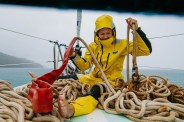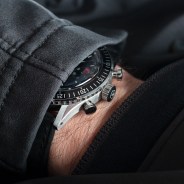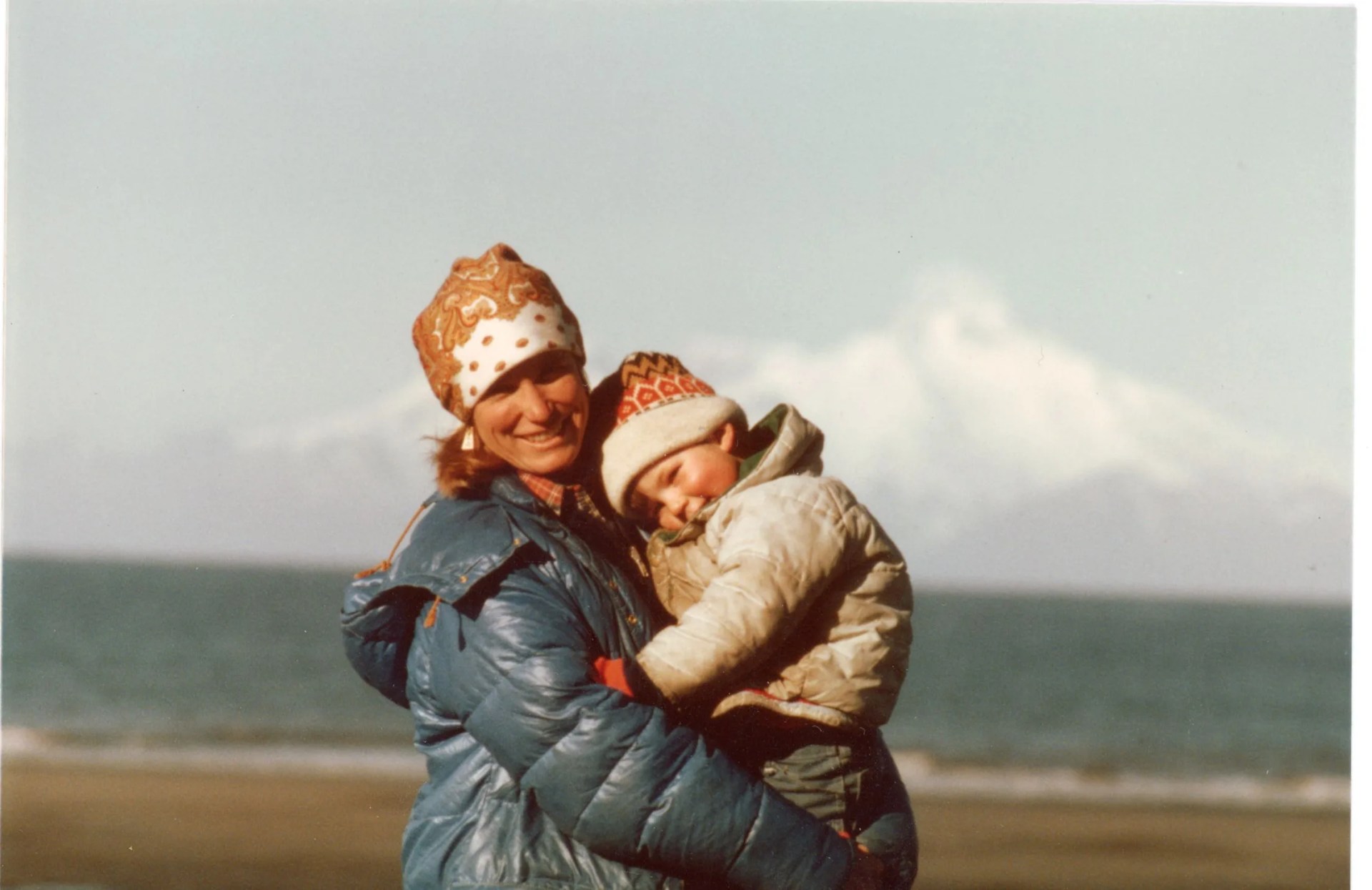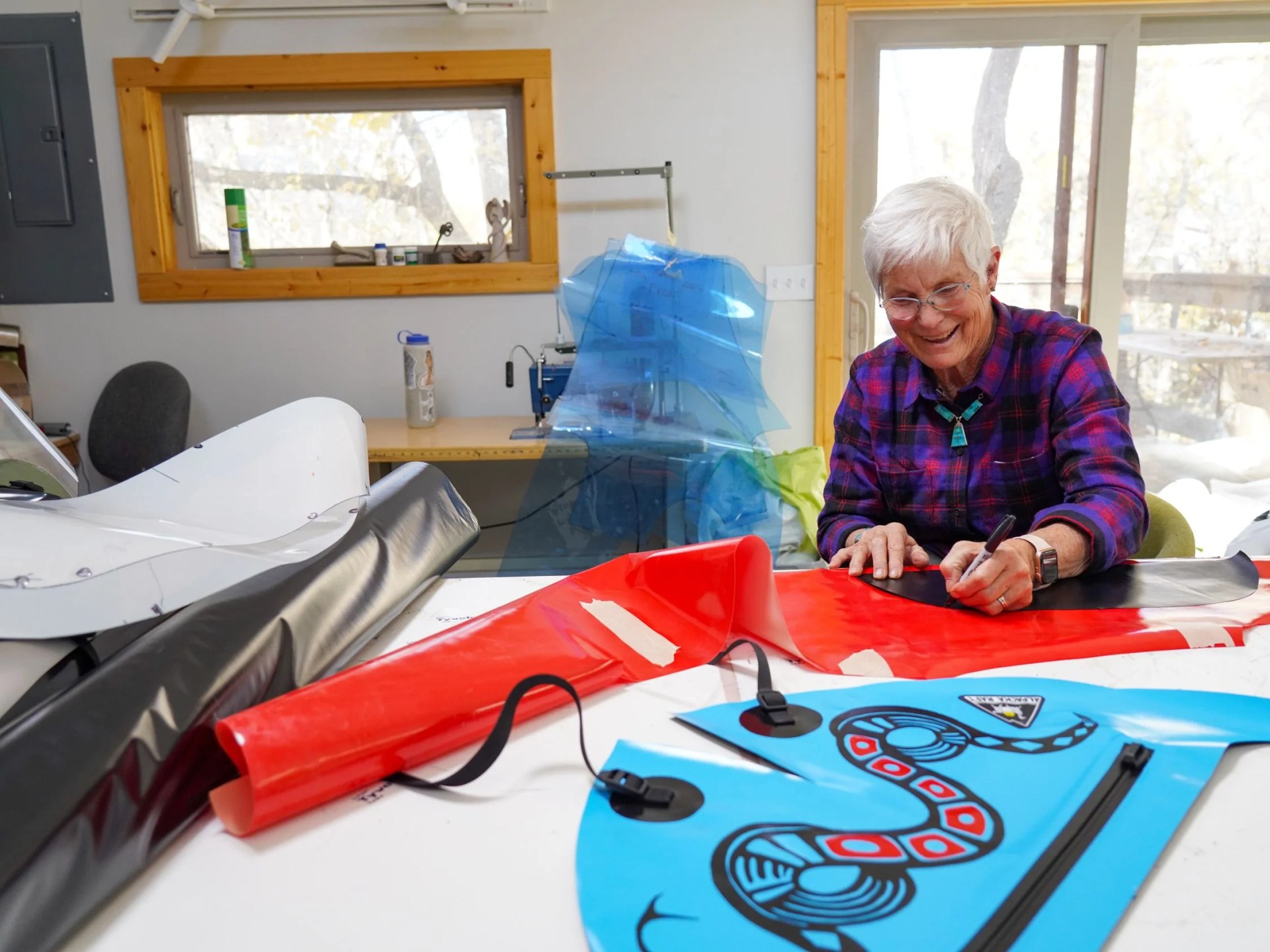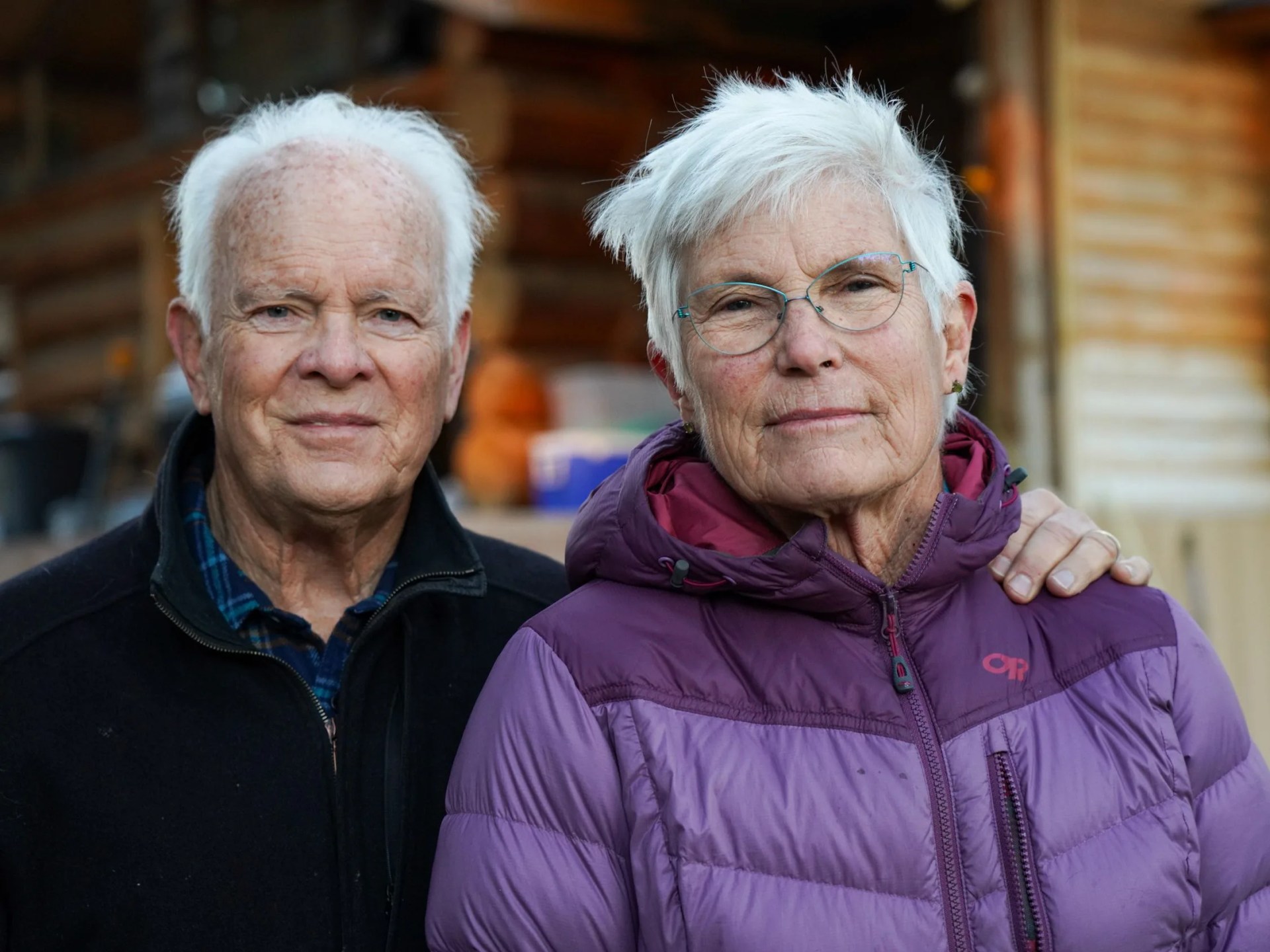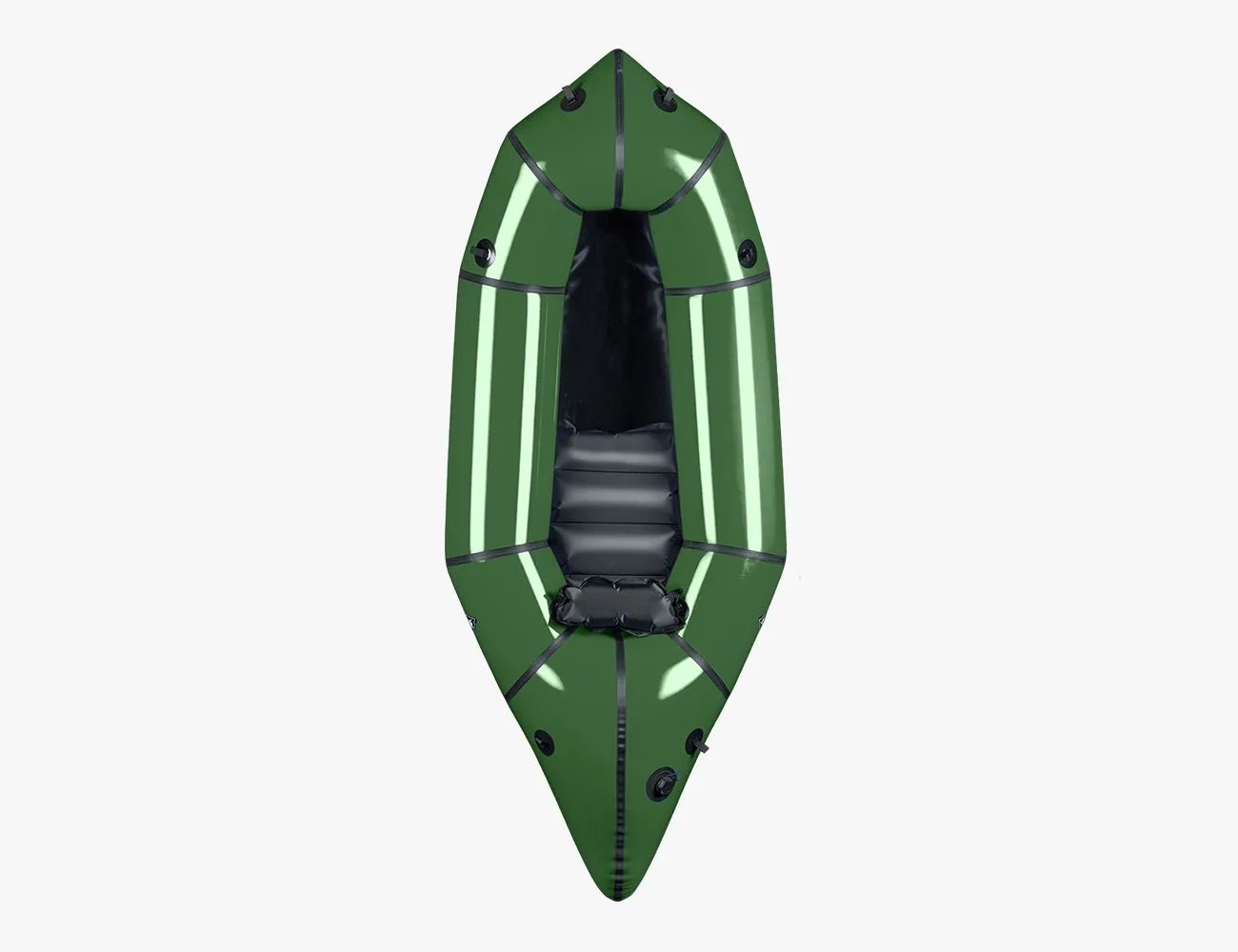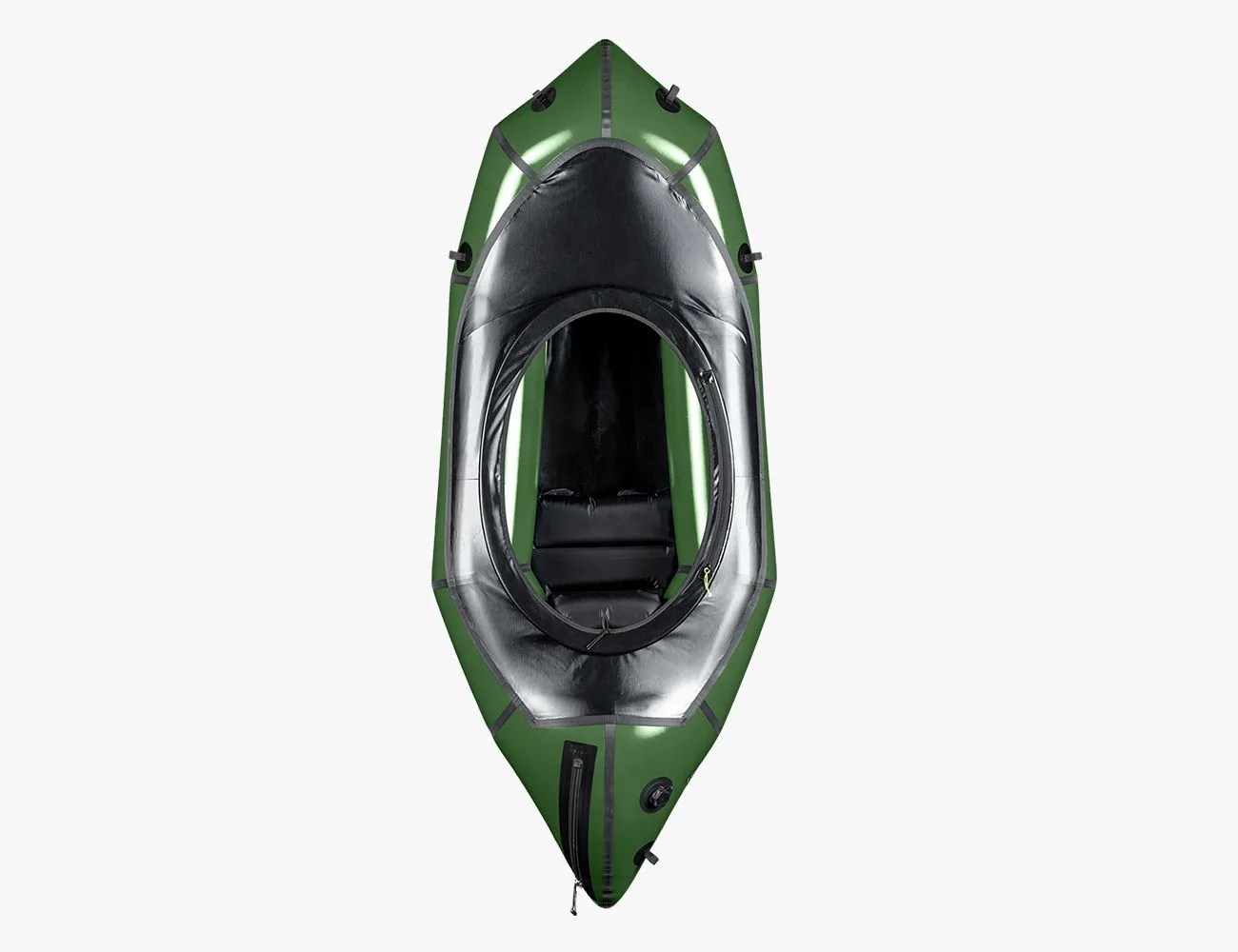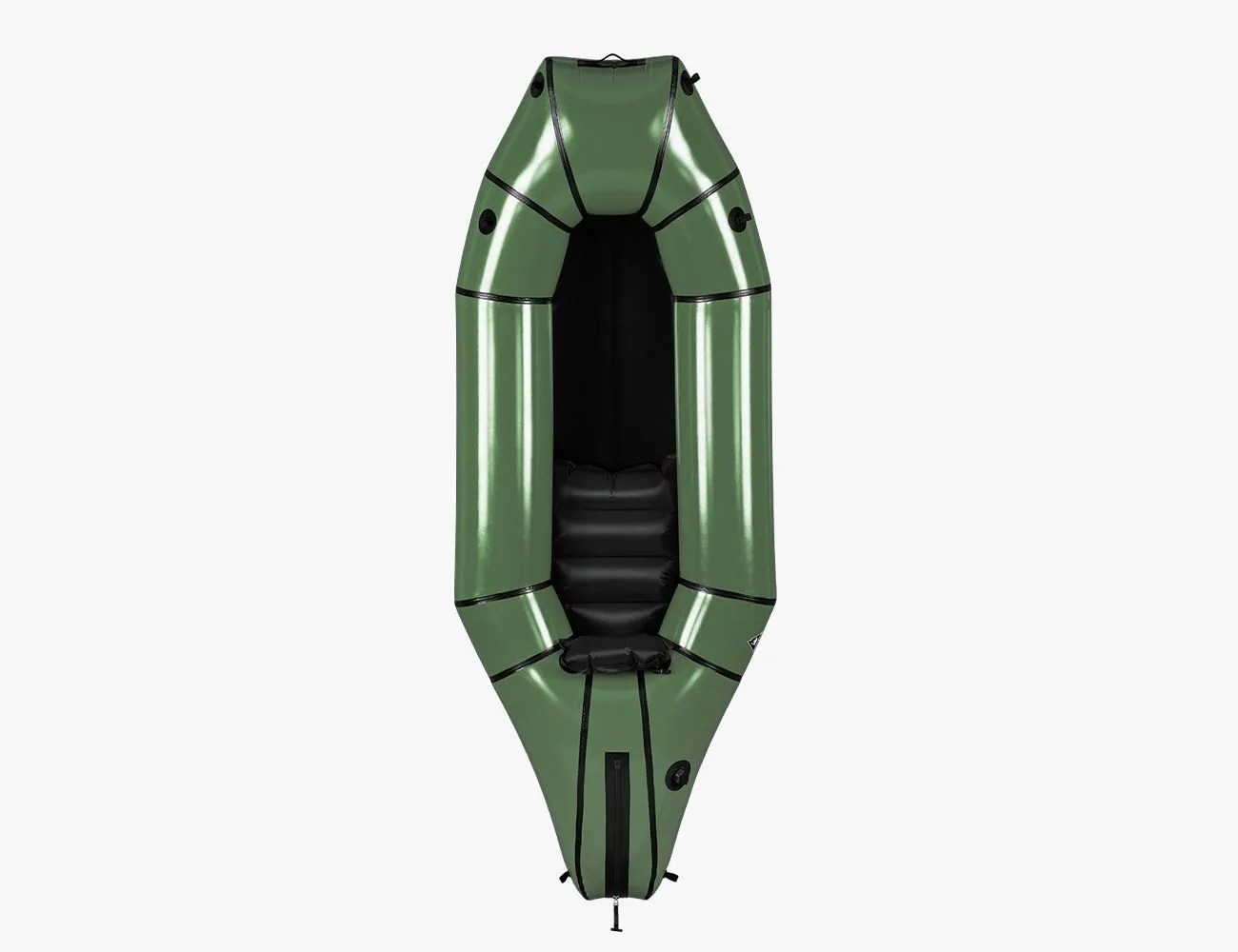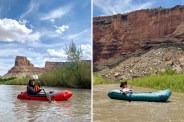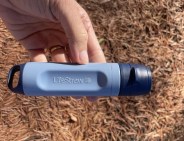At the age of three, when most kids are just learning how to count, Sheri Tingey started sewing doll clothes. By age 10, she was making most of her own clothing by hand, intent on creating better outfits than what existed at the store. Sewing, and to a larger extent bringing dreams to life, came naturally to her. But what stood out even more was her willingness to challenge the status quo.
“I’m an entrepreneur by accident,” says Tingey, who’s half-century career as a designer has helped redefine what women are able to do in the outdoor industry. “If I have an interest, I go down the rabbit hole, often skipping meals and not sleeping. I get absorbed by my passions. Over the years a lot of people have doubted me or told me I couldn’t do something, but I just wouldn’t listen.”
Tingey’s journey has been full of challenges and setbacks, including years struggling with a chronic illness, moving into the Alaskan bush and raising a family, all while fighting the uphill battle of gender norms in a predominantly male space. It wasn’t until her mid-50s that she founded Alpacka Raft, now a household name in the whitewater world. This is her story.
Products in the Guide
Early Days In Wyoming
In 1967, after graduating from the University of Oregon, Tingey moved from Oregon to Jackson, Wyoming, to be a ski bum. During her first winter, she realized that most ski clothing of the day wasn’t designed for movement, so she started sewing ski kits for herself and close friends. Her brand, Design By Sheri, caught on with word of mouth. Over the next 12 years it grew to seven full-time employees, “who skied all day and worked at night,” says Tingey.
“Over the years a lot of people have doubted me or told me I couldn’t do something, but I just wouldn’t listen.”

